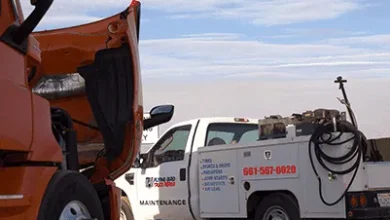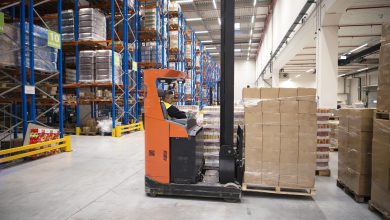
The cleaning and maintenance of community premises covers a very large sector that includes schools and universities, town halls, socio-cultural spaces, but also swimming pools, libraries, sports halls.
Not all of them have the same traffic and have a very varied type of premises and public reception areas: administrative buildings, kitchens, collective restaurants, multipurpose rooms, toilets, changing rooms, etc.). However, each must deal with important issues in terms of hygiene and health for users, staff and the public.
Indeed, communities must both meet the cleanliness requirements specific to each structure, and comply with existing regulations which impose certain operations (labor code, HACCP approach, hygiene protocols, decrees relating to cleaning rules in catering premises and kitchens, etc.).
Frequency of maintenance of business premises: what specifications for local authorities?
The hygiene standards in force determine the cleaning and maintenance activities ( sweeping, dusting, washing, etc.) and their frequency.
For example, the frequency of floor maintenance in places where children live, such as nurseries or leisure centers, must naturally be different from that of an administrative room.
It is therefore necessary to arrive at an appropriate cleaning specification which makes it possible to keep the professional premises in a constant state of cleanliness.
There are three types of maintenance:
Routine or daily maintenance.
It is carried out at least once a day in places of circulation: corridors, stairs, entrance halls, and, depending on the rate of attendance, can be several times a day.
This is the case of canteens or kitchens which require maintenance after each use. This type of cleaning concerns the maintenance of washable surfaces (work surfaces, horizontal surfaces of furniture, etc.), emphasizing the surfaces most often touched: door handles, telephone, keyboard, Digi-code.
Weekly (or bi-weekly) maintenance.
More in-depth, this maintenance is a must at least twice a week and makes it possible to complete the action of the daily maintenance by operating a rotation (offices, meeting rooms, break rooms).
It still concerns the floor and the furniture, but legally includes windows, waste rooms, radiators and horizontal surfaces out of usual reach, such as wall units, tops of cupboards).Periodic maintenance.
This in-depth maintenance is a must according to the activities of the communities. We must monitor the intensity of the traffic at a monthly, quarterly, biannual or annual frequency.
Cleans both the interior and exterior of a building: floors, furnishings, equipment, windows, and window frames; maintenance of car parks; dusting of lights, radiators and all vertical surfaces ( walls, doors, baseboards), frames.
Maintenance of sanitary facilities in communities
In local authorities, the upkeep of premises contributes to the prevention of communicable diseases. Makes it possible to fight against sources of contamination and the transmission of viruses, bacteria or fungi.
Sanitary facilities are vulnerable places for microbial development. Combine all the factors favoring the growth of micro-organisms: dirt, humidity, and heat.
Sanitary appliances in communities (bowls, sinks, urinals) must therefore, be cleaned, disinfected and descaled daily for several days. Pay particular attention to taps, flushes, door handles, and latches as well.
Read More: The Risks and Challenges of Business Process Outsourcing




